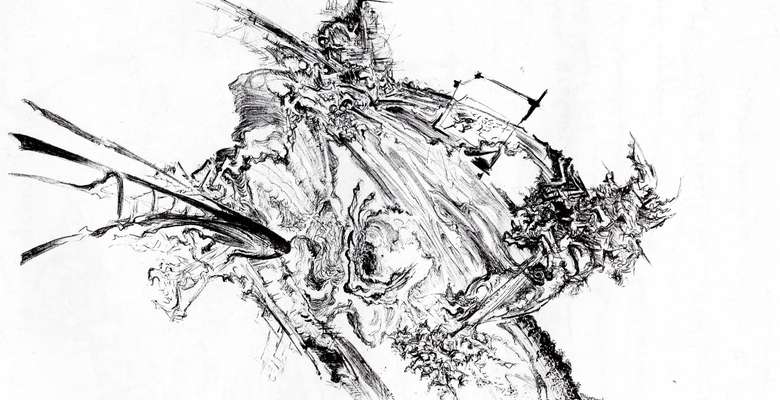Idea by
Maciej Stasiowski
Call for ideas 2017
Film analysis of unbuildable architectural speculations
Film analysis of unbuildable architectural speculations

The emerging concepts of (big) data visualization, augmented reality, and Internet of Things opened up a new understanding of architectural space as a dematerialized, dynamic, and user-dependent concept. Architectural animations, aside from more traditional paper-based projects, came to support themselves on literary influences (utopian and science-fiction texts, harvesting them for narrative structures, plot elements, ideas), cinematographic and film editing strategies, while calling upon the ambiguity of representation (optical illusions). Analysing and interpreting unbuildable architecture from these perspectives, as a text of culture, can provide an insight into the qualitative change, as well as give a time-based account of these projects, regarded not as failed schemes, but literary, visual, and para-cinematic works that critically examine current socio-technological changes. This way, they become invested with representational “metadata” and inscribed with patterns of use.
Film analysis of unbuildable architectural speculations
Film analysis of unbuildable architectural speculations

The emerging concepts of (big) data visualization, augmented reality, and Internet of Things opened up a new understanding of architectural space as a dematerialized, dynamic, and user-dependent concept. Architectural animations, aside from more traditional paper-based projects, came to support themselves on literary influences (utopian and science-fiction texts, harvesting them for narrative structures, plot elements, ideas), cinematographic and film editing strategies, while calling upon the ambiguity of representation (optical illusions). Analysing and interpreting unbuildable architecture from these perspectives, as a text of culture, can provide an insight into the qualitative change, as well as give a time-based account of these projects, regarded not as failed schemes, but literary, visual, and para-cinematic works that critically examine current socio-technological changes. This way, they become invested with representational “metadata” and inscribed with patterns of use.
